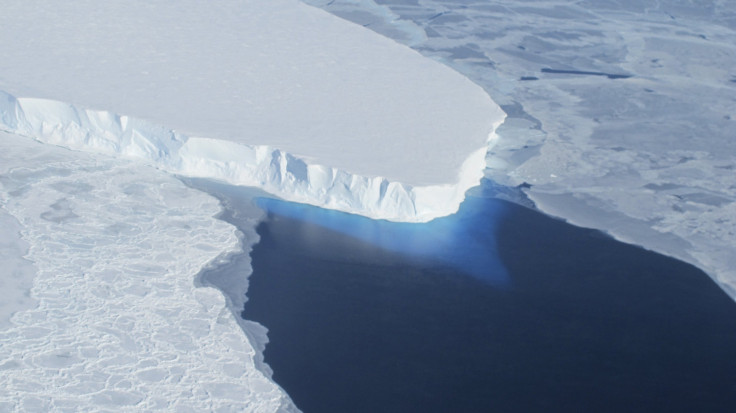Antarctic Ice Melt Rate Doubled Since 2010, ESA Study Finds

Antarctica has been shedding ice at an alarming pace compared to when the region was last surveyed, according to a new study based on three years of observations from the European Space Agency’s CryoSat satellite.
The new study, published in the journal Geophysical Research Letters, showed that the Antarctic ice sheet is now losing 159 billion tons of ice each year -- twice as much as when the continent was last surveyed in 2010. The newly measured ice loss from Antarctica alone is enough to raise sea levels by 0.45 millimeters each year, according to researchers.
“Although we are fortunate to now have, in CryoSat, a routine capability to monitor the polar ice sheets, the increased thinning we have detected in West Antarctica is a worrying development,” Andrew Shepherd from the University of Leeds in the UK, who led the study, said in a statement.
The latest findings by a team of scientists from the UK’s Centre for Polar Observation and Modelling revealed that between 2010 and 2013, West Antarctica, East Antarctica and the Antarctic Peninsula lost 134 tons, 3 tons and 23 billion tons of ice each year, respectively.
In West Antarctica, the average rate of thinning of ice has increased compared to previous measurements and the region’s annual loss is now one-third more than it was measured five years before CryoSat’s launch in 2010, researchers said in the study.
“We find that ice losses continue to be most pronounced along the fast-flowing ice streams of the Amundsen Sea sector, with thinning rates of 4-8 m per year near to the grounding lines – where the ice streams lift up off the land and begin to float out over the ocean – of the Pine Island, Thwaites and Smith Glaciers,” Malcolm McMillan from the University of Leeds and the study’s lead author said, in the statement.
According to researchers, West Antarctica has long been identified as the most vulnerable area to changes in climate. On May 12, scientists from NASA and University of California, Irvine, published a study that identified a set of glaciers on the continent where ice melt has become irreversible and could contribute to as much as a four-foot rise in sea levels within 200 years.
“It adds concrete evidence that dramatic changes are under way in this part of our planet. The challenge is to use this evidence to test and improve the predictive skill of climate models,” Shepherd said.
© Copyright IBTimes 2025. All rights reserved.






















